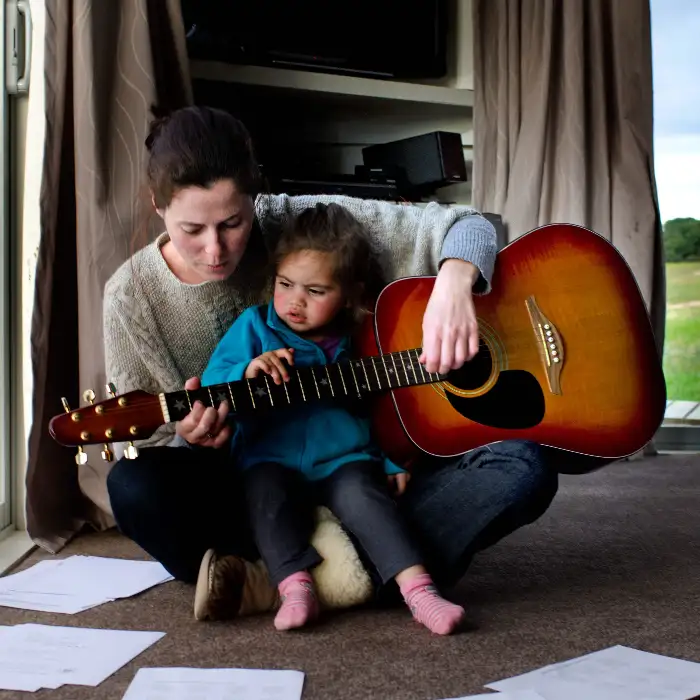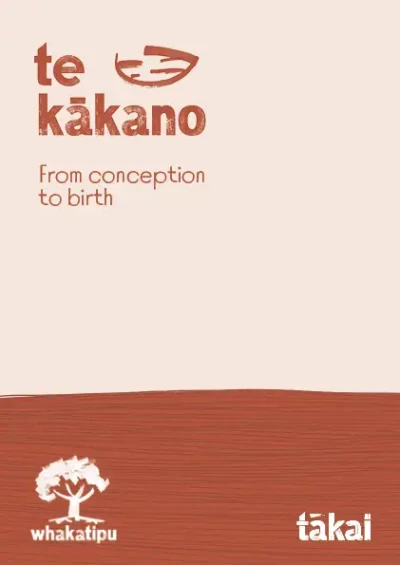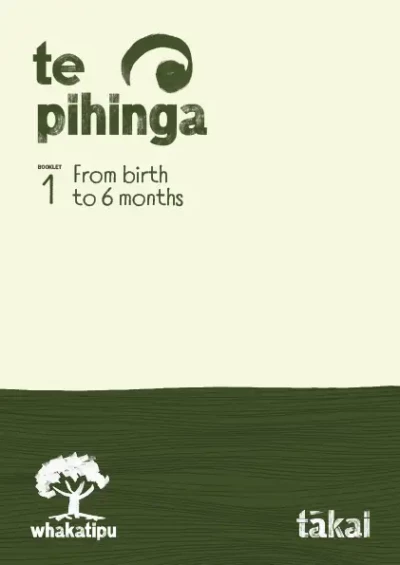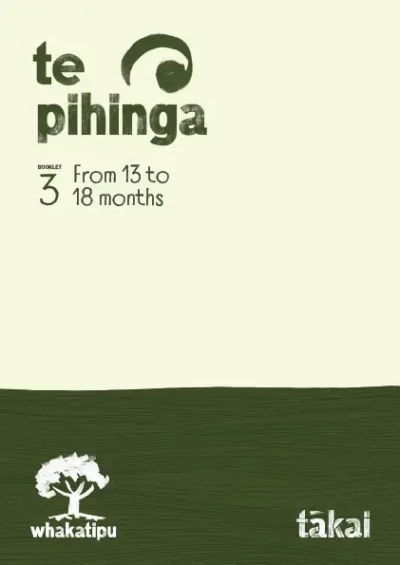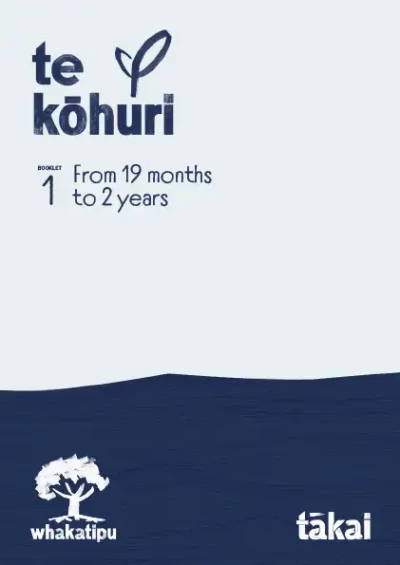
Waiata mai Sing to me
Singing to pēpi helps build connections for hearing, language, and memory skills. It reduces stress and makes pēpi feel calm and safe.
By Brainwave Trust Aotearoa
Babies begin to hear sound before they’re born. By about 25 weeks into pregnancy, an unborn baby’s auditory system is working. Baby can hear voices and may respond to loud noises from the outside world. After birth, baby will recognise their parents' voices, and may also recognise oriori and waiata that were regularly sung during pregnancy.
Baby is surrounded by rhythmic sounds in the womb — the rhythm and tone of mum’s voice, her heartbeat, her breathing, the flow of her blood, and sounds from the amniotic fluid.
After birth
After birth, soft, rhythmic sounds can help calm pēpi. Parents often use a sing-song voice to talk to baby. It’s higher, slower, more rhythmic, and uses shorter sentences than normal language.
A very young baby will enjoy gentle singing, but as baby grows, singing can become more exciting, with all sorts of new sounds (‘Old McDonald had a farm’) and actions (‘Ngā wīra ō te pahi’) that baby will want to copy.
They love to hear the same songs and nursery rhymes over and over again, and by their responses will show which ones are their favourites. This repetition is building connections for hearing and language in the brain. Familiar songs also help pēpi feel calm and safe.
Babies often smile, kick their feet, and wave their arms when they hear their parents singing. Even if parents don’t think they’re good at singing, baby will be their most adoring fan.
Songs for routine
Songs can become part of baby’s routines. Singing the same song at bedtime will help baby connect the song with settling down to sleep. Older babies may ‘sing’ to themselves for comfort. Simple songs can be made up, using baby’s name or to prepare baby for a routine activity like bath time or dinnertime. This helps baby learn what’s coming next.
As babies become more mobile, they’ll move and sway to waiata and music. This helps with their balance, coordination, and awareness of their bodies. They also build memory skills as they learn the words and actions.
Learning about culture and language
Singing is a great way for baby to learn about the family’s culture and language. Some cultures tell stories about their traditions and ancestors through songs. Parents may remember waiata their parents sang to them when they were small, and can sing them to their own child.
Babies would much rather hear their parents sing than listen to recorded songs — just like hearing a recorded story doesn’t compare with cuddling up with a parent to read a book together.
Parents' singing can calm baby and reduce stress levels. This helps baby gradually learn to cope with difficult feelings and recover more quickly from low levels of stress.
Summary
- After birth, baby may recognise songs that were sung during the later stage of pregnancy.
- Familiar waiata can help calm baby.
- Songs can be used in everyday routines to help baby know what’s coming next.
- Singing to older babies can help their coordination, balance and body awareness.
- Babies build memory skills as they learn words and actions.
Brain development information has been woven throughout the Whakatipu booklets, describing what's happening for pēpi in their 'hinengaro mīharo’ (amazing brain) at different stages. This gives parents simple neuroscience information to support them with their parenting:
- Te Kākano (page 13) – singing to baby in the womb
- Te Kākano (pages 22, 28 and 32) – responding to sounds in the womb
- Te Pihinga 1 (page 25) – learning languages
- Te Pihinga 1 (page 26) – repeating sounds strengthens brain connections
- Te Pihinga 3 (page 9) – building memories
- Te Kōhuri 1 (page 9) – repeating words


